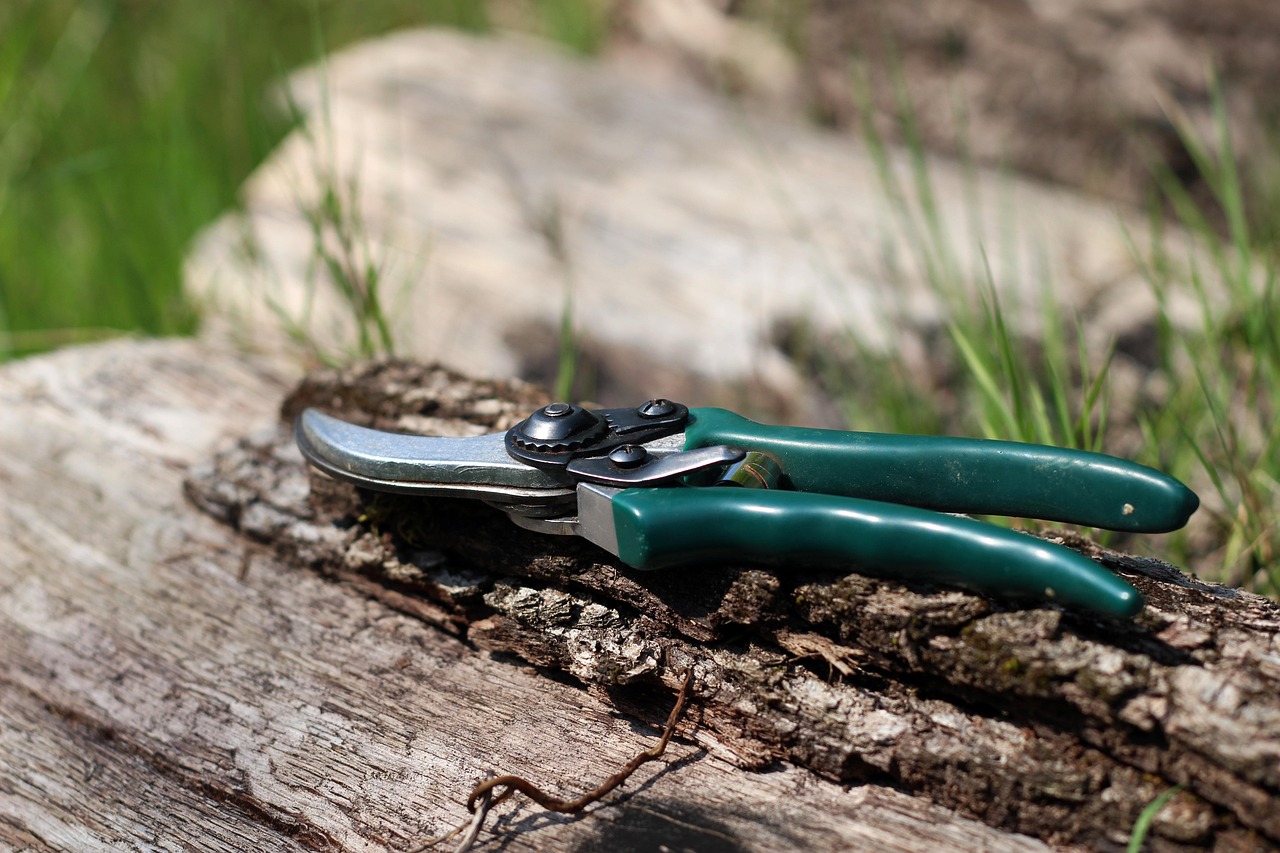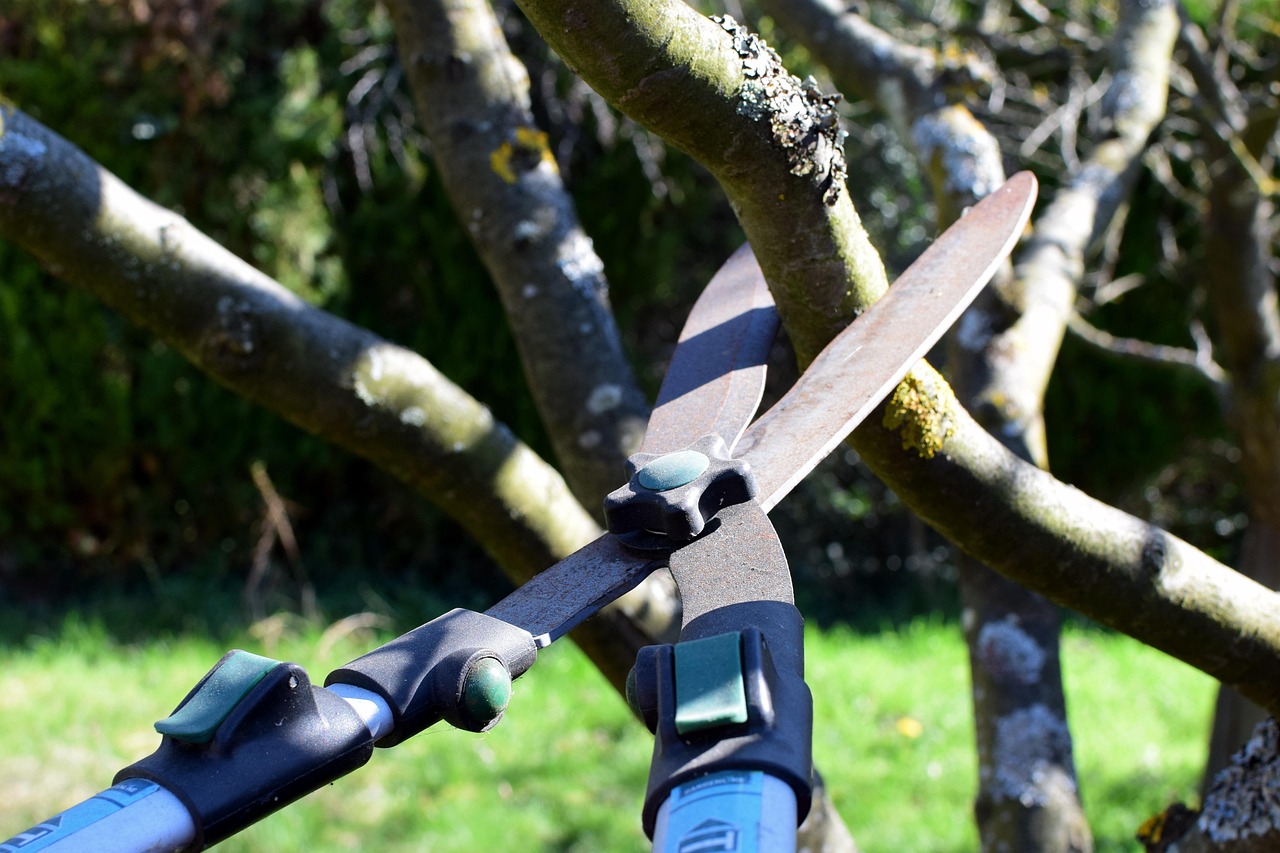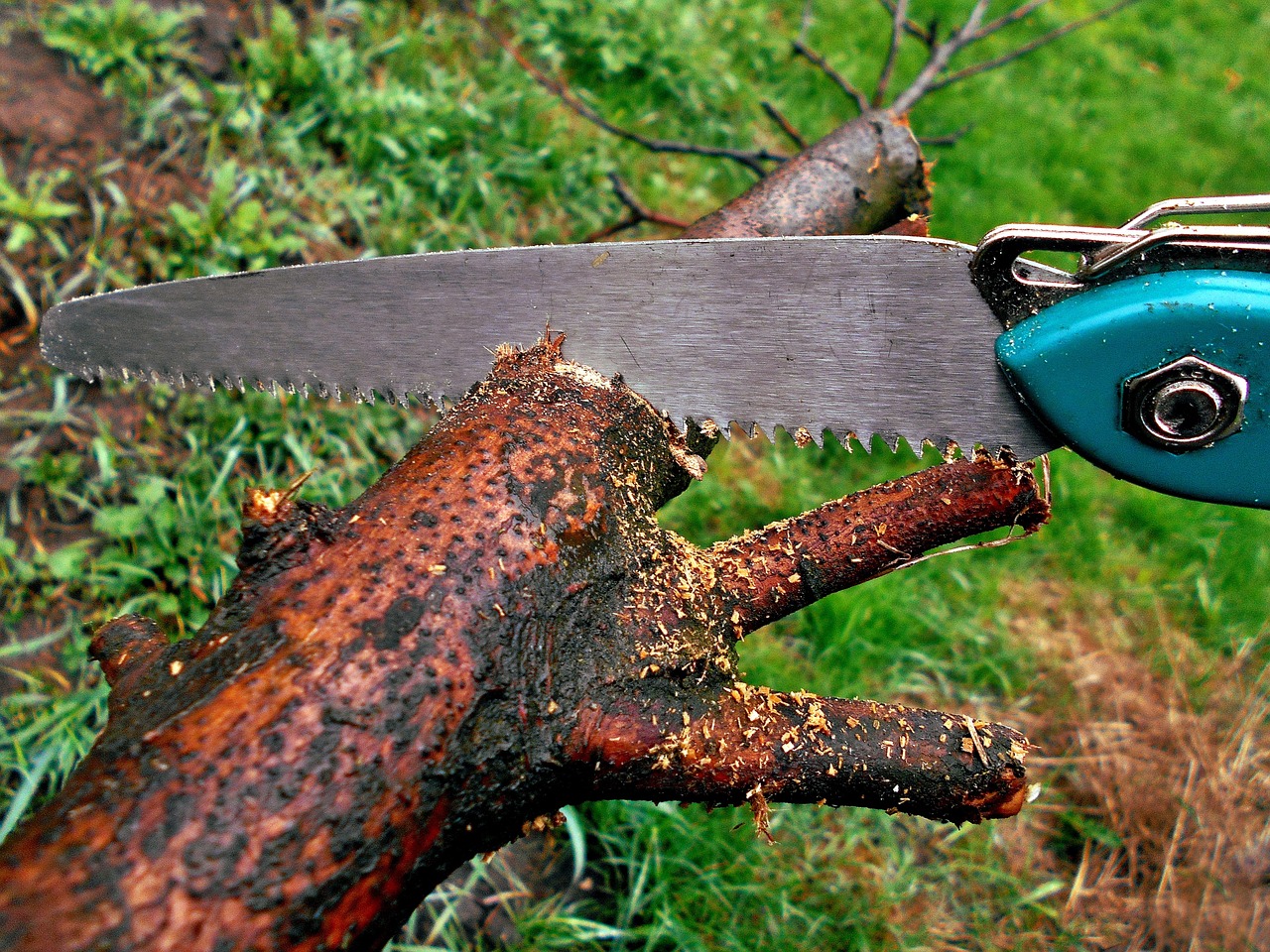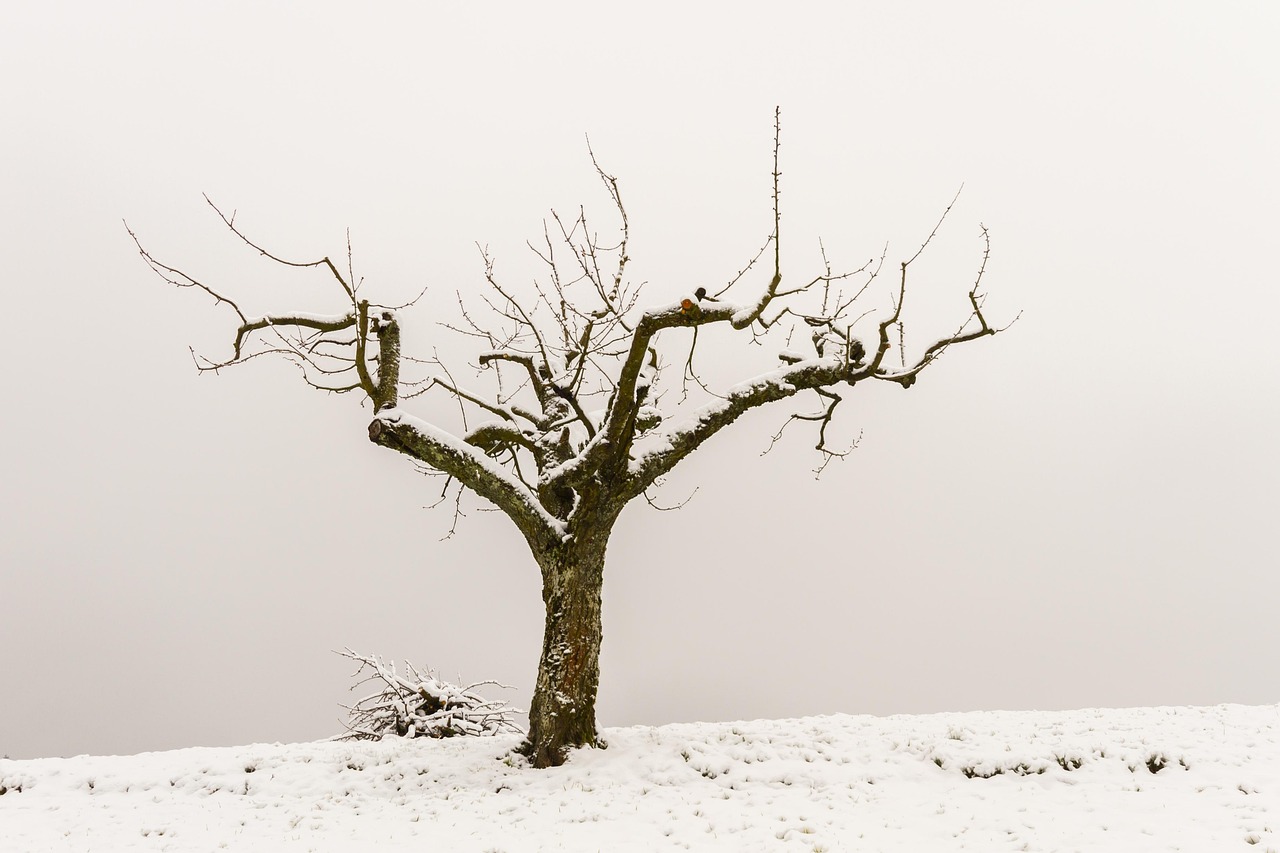Winter pruning in frost-prone regions is essential for maintaining healthy plants. Proper timing and techniques help minimize damage from cold temperatures. It is crucial to prune during the dormant season when plants are less vulnerable to frost.
Understanding Winter Pruning
Winter pruning is a vital practice for gardeners and landscapers, particularly in regions that experience harsh winters and frost. This process involves removing specific branches or stems from plants while they are still dormant. The primary goal of winter pruning is to encourage healthy growth in the spring and improve the overall structure of the plant.

In frost-prone climates, timing is crucial. Pruning too early can expose tender tissues to freezing temperatures, while waiting too long can lead to sap bleeding and other issues. A well-timed prune can protect the plant from cold damage and promote robust growth during the warmer months.
Pruning during winter has several benefits:
- Encourages Growth: Pruning stimulates new growth in spring.
- Improves Air Circulation: Removing excess branches helps air circulate, reducing disease risk.
- Enhances Shape: Pruning allows for better shaping of trees and shrubs.
- Reduces Weight: Removing dead or weak branches minimizes the risk of breakage from snow and ice.
To effectively prune in these climates, it is helpful to understand the specific types of plants that benefit from winter pruning. Some plants are more resilient to cold than others and may require different care approaches. The following table outlines common trees and shrubs suitable for winter pruning in frost-prone areas.

| Plant Type | Best Time to Prune | Notes |
|---|---|---|
| Deciduous Trees | Late Winter | Prune before new growth begins. |
| Fruit Trees | Late Winter/Early Spring | Avoid pruning during active sap flow. |
| Evergreen Shrubs | Mid to Late Winter | Light pruning encourages fullness. |
| Flowering Shrubs | Late Winter | Prune after flowering for best results. |
The technique of winter pruning can vary significantly based on the type of plant and its specific needs. For example, fruit trees often benefit from a different style of pruning than ornamental trees or hedges. It is essential to tailor your approach based on the plant’s growth habits, health, and desired shape.
Additionally, using proper tools is crucial for effective winter pruning. Sharp and clean tools ensure precise cuts, minimizing damage to the plant. Here are some recommended tools:
- Hand Pruners: Ideal for small branches.
- Loppers: Useful for thicker branches that hand pruners cannot handle.
- Saws: For large limbs, a pruning saw can help make clean cuts.
- Gloves: Protect your hands from thorns and cold conditions.
Proper pruning techniques not only improve plant health but also enhance the aesthetic appeal of your landscape. Make angled cuts just above a bud or lateral branch to promote new growth. Avoid leaving stubs, as they can become entry points for pests and diseases. It is also essential to step back periodically and assess the overall shape of the plant as you prune.

In frost-prone regions, it is vital to monitor weather conditions closely. If a sudden cold snap occurs after pruning, it may damage freshly cut areas. In such cases, consider covering vulnerable plants with burlap or mulch to provide additional protection against extreme temperatures.
Each pruning session should be approached with care and attention to detail. Knowing when and how to prune will ultimately lead to healthier, more vigorous plants that withstand the winter chill.
As you embark on your winter pruning journey, remember that knowledge, timing, and technique are your best allies. By understanding your plants’ specific needs and adapting your practices accordingly, you can achieve a thriving garden even in frost-prone climates.

Essential Techniques for Effective Winter Pruning
To achieve optimal results in winter pruning, it is important to adopt specific techniques tailored to the types of plants you are working with. This section will explore various pruning techniques and strategies that enhance plant health and appearance while minimizing the risk of damage from frost.
Types of Pruning Cuts
Understanding the different types of pruning cuts is essential for effective winter pruning. Here are the primary cuts used in pruning:
- Heading Cuts: These cuts reduce the length of a branch and encourage bushier growth. They are typically made above a bud.
- Thinning Cuts: This technique removes entire branches or stems to improve air circulation and light penetration. It helps maintain the plant’s natural shape.
- Reduction Cuts: These cuts shorten a branch without removing it entirely, ideal for controlling size while preserving the structure.
- Removal Cuts: Entire branches or stems are removed at their base. This is useful for eliminating dead or diseased wood.
Each type of cut serves a unique purpose, and knowing when to use each one will lead to healthier plants.
Timing Your Pruning
The timing of your winter pruning can significantly affect the outcome. Generally, pruning should occur during the dormant season, which is typically late winter to early spring. However, the ideal timing can vary based on plant species:
- Deciduous Trees: Prune in late winter before new buds appear.
- Fruit Trees: Late winter is best, avoiding the period when sap begins to flow.
- Perennials: Cut back perennials in late winter or early spring just before growth resumes.
Always consider local climate patterns when determining the timing for pruning. In regions with fluctuating temperatures, it is crucial to be vigilant about sudden warming trends that could lead to premature bud break.
Common Mistakes to Avoid
A successful pruning session requires understanding potential pitfalls. Here are common mistakes to avoid during winter pruning:
- Pruning Too Early: Cutting before severe cold has passed can expose plants to frost damage.
- Over-Pruning: Removing too much foliage can stress the plant and inhibit growth.
- Neglecting to Clean Tools: Using dirty tools can spread diseases between plants.
- Ignoring Plant Type: Different plants have unique needs; failing to consider these can lead to poor results.
Awareness of these mistakes will help you refine your technique and ensure healthier outcomes for your plants. Each pruning session should be approached with care and a good understanding of the plants involved.
Tools for Winter Pruning
The right tools make a significant difference in the effectiveness of your pruning efforts. Here are some essential tools for winter pruning:
- Bypass Pruners: Ideal for small branches, providing clean cuts while reducing damage.
- Anvil Pruners: Suitable for tougher branches, making it easier to cut through thicker wood.
- Loppers: These long-handled pruners are perfect for reaching higher branches or cutting thicker limbs.
- Pruning Saws: Excellent for larger branches that require more power than pruners can provide.
Before using any tools, ensure they are clean and sharp for precise cuts. Regular maintenance of your tools will enhance their longevity and effectiveness.
Protecting Plants After Pruning
After completing your winter pruning, it is essential to take steps to protect your plants from frost damage. Here are some strategies to consider:
- Covering with Mulch: Apply a layer of mulch around the base of plants to insulate roots against temperature fluctuations.
- Burlap Wraps: Use burlap to wrap sensitive plants, shielding them from harsh winds and freezing temperatures.
- Avoiding Fertilizers: Refrain from fertilizing immediately after pruning, as it may stimulate growth that is vulnerable to cold damage.
Taking these precautionary measures can help ensure that your plants thrive throughout the winter months. Maintaining vigilance over weather conditions will also aid in safeguarding your garden against unexpected frosts.
As you gain experience with winter pruning techniques, you will find that each plant responds differently. Observing their growth patterns and adjusting your approach accordingly will yield the best results. Embrace the learning process, and soon you will cultivate a thriving landscape even in frost-prone climates.
Specific Plant Considerations for Winter Pruning
Different plants have unique requirements and responses to winter pruning. Understanding these specific needs can significantly enhance the effectiveness of your gardening efforts. This section will delve into various types of plants, discussing the best pruning practices for each.
Deciduous Trees
Deciduous trees are among the most common plants requiring winter pruning. These trees lose their leaves in the fall, making it easier to see their structure during the dormant season. Effective practices include:
- Remove Dead or Diseased Wood: Focus on cutting away branches that show signs of disease or decay.
- Thin Crowns: Lightly thin areas where branches are overcrowded to improve air circulation.
- Cut Back to Healthy Buds: Make cuts just above a healthy bud to encourage new growth in spring.
Avoid excessive cutting, as this can shock the tree and hinder its growth. It is generally recommended to prune no more than 25% of the tree’s canopy in a single season.
Fruit Trees
Fruit trees also require special attention during winter pruning to ensure healthy fruit production. Here are key tips:
- Focus on Structure: Create a strong framework by developing an open center, allowing sunlight to reach all parts of the tree.
- Remove Suckers: Cut any shoots that grow from the base of the tree or along the trunk.
- Consider Variety-Specific Needs: Different fruit trees may have specific pruning schedules; for example, stone fruits (like cherries and peaches) should be pruned in late winter, while apples and pears can be pruned earlier.
Proper pruning will not only help in maintaining the health of the tree but also increase fruit quality and yield.
Ornamental Shrubs
Ornamental shrubs can greatly benefit from winter pruning, especially those that flower in spring. Key practices include:
- Identify Flowering Time: For shrubs that bloom on old wood, such as lilacs, prune immediately after flowering to avoid cutting off next year’s blooms.
- Shape and Size Maintenance: Reduce size if necessary, but maintain a natural shape to enhance visual appeal.
- Remove Old Wood: For shrubs with older branches, consider cutting back a few of the oldest stems to promote new growth from the base.
These practices help ensure healthy blooms and a beautiful landscape throughout the growing season.
Pest and Disease Management During Pruning
Pest and disease management is a crucial aspect of winter pruning. Proper techniques can help mitigate risks associated with infections and infestations.
Identifying Pests and Diseases
Before pruning, it is important to inspect plants for signs of pests or diseases. Common issues include:
- Fungal Infections: Look for spots or discoloration on leaves and stems.
- Insect Infestations: Check for webs, sticky residue, or visible insects on branches.
- Cankers: These sunken areas on branches indicate disease and should be removed immediately.
If you notice any issues during your inspection, address them before proceeding with pruning. This may involve treating the plant with appropriate fungicides or insecticides, following label instructions carefully.
Pruning Techniques to Minimize Disease Spread
To prevent spreading infections during pruning, follow these strategies:
- Sanitize Tools: Clean your pruning tools between cuts using a solution of one part bleach to nine parts water or rubbing alcohol.
- Avoid Wet Conditions: Prune when plants are dry to reduce moisture-related fungal issues.
- Make Clean Cuts: Use sharp tools to create clean cuts that heal better and reduce the risk of infection.
Taking these precautions will help maintain the health of your plants and promote vigorous growth after pruning.
The Role of Weather in Winter Pruning
The weather plays a crucial role in determining when and how to prune effectively. Understanding seasonal patterns can aid in planning your pruning schedule.
Temperature Fluctuations
Monitoring temperature fluctuations is essential in frost-prone regions. Sudden warm spells can trick plants into thinking spring has arrived, which can lead to premature bud break. To mitigate this risk, consider the following:
- Prune Later if Necessary: If unseasonably warm weather occurs, delay pruning until temperatures stabilize.
- Watch for Frost Dates: Keep track of average last frost dates in your area to plan your pruning accordingly.
- Avoid Major Pruning During Warm Spells: If temperatures rise unexpectedly, hold off on heavy pruning until colder weather returns.
Planning your pruning around weather patterns will enhance your chances of success and protect your plants from potential damage.
The impact of weather on winter pruning is significant. By being proactive and adaptable in your approach, you can ensure that your plants remain healthy and vibrant throughout the challenging winter months.
Advanced Pruning Techniques for Specific Plants
As you become more experienced with winter pruning, you may wish to explore advanced techniques that can help you achieve even better results. These methods can be particularly beneficial for specific plant types commonly found in frost-prone regions.
Coppicing
Coppicing is a traditional method of pruning that involves cutting a tree or shrub back to ground level to encourage new growth from the base. This technique is particularly useful for species such as willows and hazels. The benefits include:
- Increased Yield: Coppiced plants often produce more vigorous and abundant growth.
- Improved Structure: This method can help maintain a tidy and manageable size for hedges and shrubs.
- Enhanced Biodiversity: Coppicing can create habitats for various wildlife species.
When using this technique, it is essential to ensure that the plant species is suitable for coppicing and that you perform the cuts during the dormant season.
Espalier Pruning
Espalier is a technique used to train trees or shrubs to grow flat against a wall or support structure. This method not only saves space but also allows for better sun exposure and air circulation. Key considerations include:
- Selecting Suitable Species: Apple and pear trees are commonly used for espalier due to their adaptability.
- Creating a Framework: Use wires or trellises to guide the growth of branches into the desired shape.
- Regular Maintenance: Consistent pruning is necessary to maintain the desired form and health of the plant.
Espalier pruning can be a rewarding practice that adds visual interest to your garden while maximizing space efficiency.
Environmental Considerations in Winter Pruning
In addition to specific techniques, it is essential to consider environmental factors when planning your winter pruning. Adapting your practices to align with local ecosystems can lead to improved plant health and sustainability.
Soil Health
Healthy soil is crucial for robust plant growth. When planning your winter pruning, consider the following:
- Avoid Compaction: Limit foot traffic around pruned plants to prevent soil compaction, which can hinder root development.
- Add Organic Matter: After pruning, consider adding compost or organic mulch around the base of plants to enhance soil fertility.
- Test Soil Composition: Regular soil tests can help you understand nutrient levels and pH, guiding future amendments.
By fostering healthy soil conditions, you create an environment conducive to plant health and resilience against winter stresses.
Water Management
Proper water management is equally important during the winter months. While plants are dormant, they still require adequate moisture levels. Here are some tips:
- Monitor Soil Moisture: Check moisture levels regularly, especially during dry spells.
- Avoid Overwatering: Ensure not to saturate the soil, as this can lead to root rot.
- Implement Drip Irrigation: Using drip irrigation systems can provide a consistent moisture supply without waterlogging.
Maintaining optimal moisture levels helps ensure plants are well-prepared for growth once spring arrives.
Final Thoughts
Winter pruning in frost-prone regions requires careful planning and execution. By understanding the needs of various plants and employing effective techniques, gardeners can enhance the health and vitality of their landscapes. Key takeaways include the importance of timing, proper tool usage, and adapting methods based on specific plant types. Additionally, being mindful of environmental factors such as soil health and water management will further support successful gardening practices.
The knowledge gained from this article will empower you to approach winter pruning with confidence. Whether you are managing ornamental shrubs, fruit trees, or deciduous trees, thoughtful pruning will lead to a thriving garden that can withstand even the harshest winters. As you continue to refine your pruning skills, remember that patience and observation are essential components of successful gardening. Embrace the journey, and enjoy the beauty that well-pruned plants can bring to your landscape year after year.
